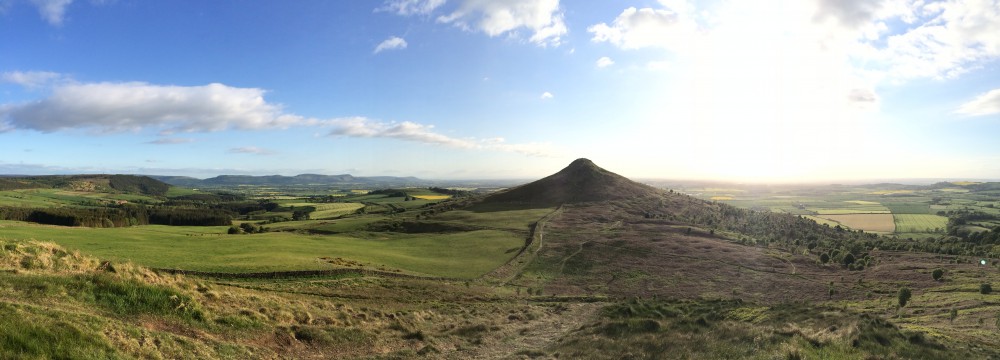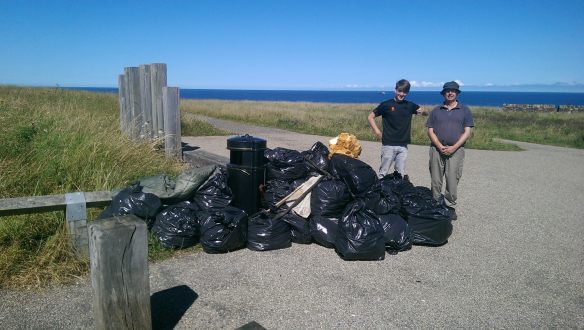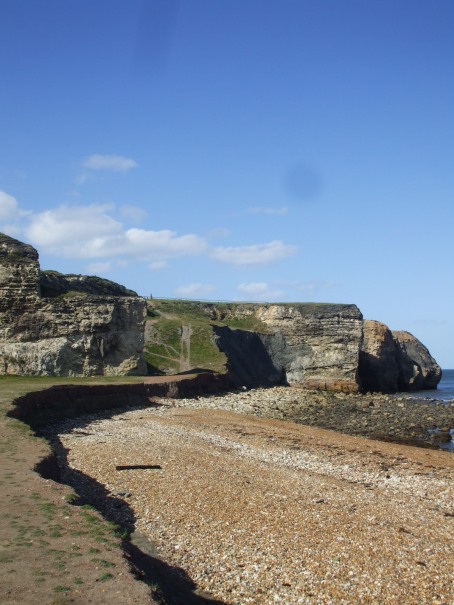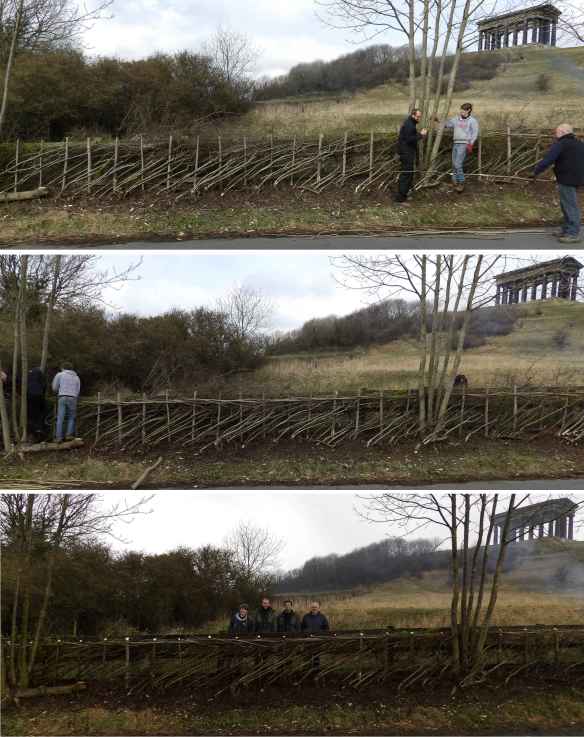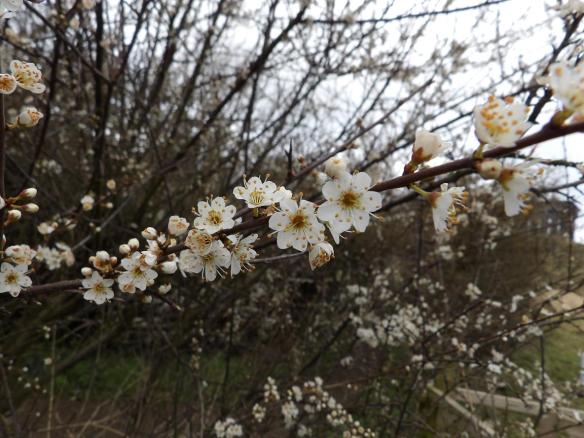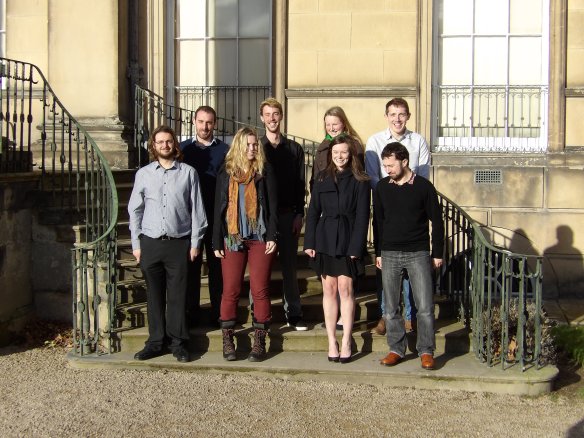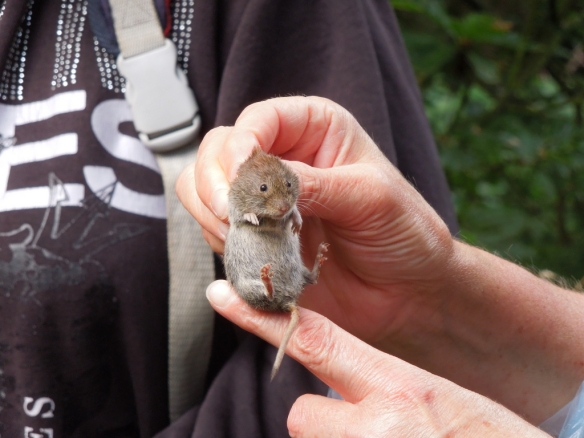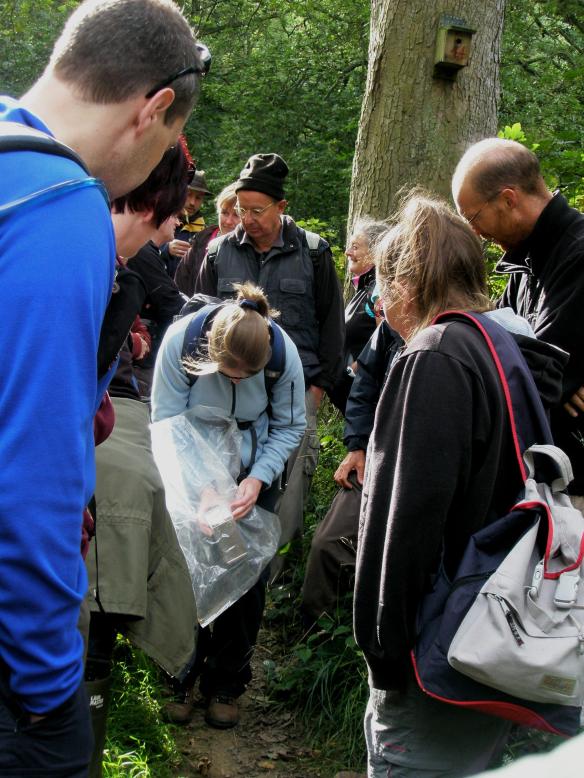Sometimes managing the countryside can be a real challenge. We really want to help people enjoy the outdoors in their own way, but we also have a responsibility to do what is best for wildlife conservation and sometimes the two don’t go hand in hand.
Recently we’ve done a couple of contrasting jobs that show why sometimes we have to take a different approach to the same problem.
Firstly to Scarth Wood Moor in the Sheepwash area of the North York Moors. This is a fantastic place both for people and wildlife. Right on the doorstep for Osmotherley residents it’s perfect whether you’re a picnicker, dog walker, rambler or cyclist. It’s also an important and fragile wildlife habitat.

Scarth Wood Moor is a beautiful spot for a stroll
Here we discovered we had a problem caused by local mountain bikers who had taken it upon themselves to dig tracks and build a series of jumps in an old quarry on the moor opposite Cod Beck Reservoir. Aside from not asking our permission as land owners and the physical damage caused to the area, the major problem with this is that the area has special protection as a Site of Special Scientific Interest (SSSI). This is in place because the area is important wildlife habitat with a high number of rare species. Through this protection Natural England can prosecute any individual who ‘intentionally or recklessly damages or destroys any of the features of special interest of an SSSI, or disturbs wildlife for which the site was notified’ with fines of up to £20,000.

Scarth Wood Moor has a huge population of common toads – a protected species (northeastwildlife.co.uk)
With such protection in place it was very much in the interest of the mountain bikers own interest to stop what they were doing. We got the message out by putting signs on site explaining the situation as well as putting an article in the Osmotherly Newsletter. We then spent a day with our volunteers removing the tracks and jumps that had been created so far and restoring the area as much as possible.
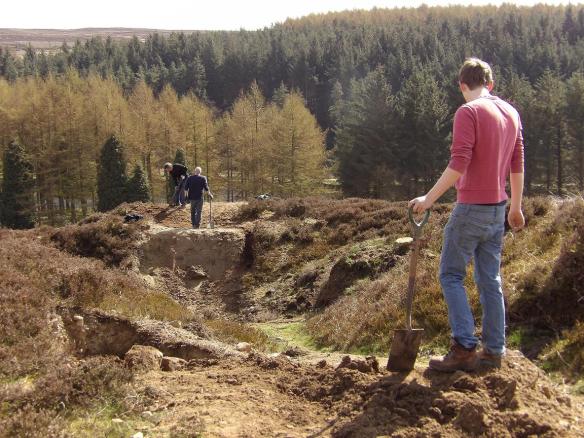
Volunteers hard at work trying to restore the damaged area
So to some, the National Trust may seem like a stuffy old organisation trying to stop young people having fun, but that’s not true! Just a few months earlier our volunteers have been out helping to build a mountain bike track.
This took place further north at Penshaw Monument on the outskirts of Sunderland. Here, in a piece of woodland at the back of the hill mountain bikers have been creating tracks for many years. In the past this has been without our permission and has been a source of conflict. However in recent years we’ve managed to get a relationship with many of the people who ride here to the benefit of both parties.
For us, we’ve been able to allocate an area of the woodland for them to use. It’s an area of sycamore plantation that has low value in terms of wildlife habitat. This has allowed us to put up warning signs to make the area safer for our other visitors, while the rest of the woodland is reserved for wildlife and walkers.
For them, we’ve got actively involved in helping to construct a couple of the tracks. This has allowed us to get a bit more ambitious with the creation of some bigger features such as berms and jumps. We’ve then been able to use these more exciting lines for organised downhill mountain bike competitions.
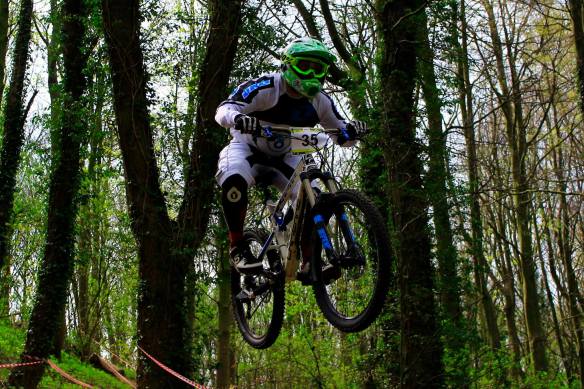
Action from Bikefest 2014 (Anthony Taylor)
Ian Hughes, owner of Sanctuary Bikes in Shiney Row is the organiser of Bikefest. The event was first held last year and returned on Easter Sunday even bigger and better. Over 60 competitors spent the day hurtling down the hill as fast as they could to see who could be the fastest. It was certainly quite a spectacle and many of our visitors stayed a while to watch the extreme action. The quickest riders managed to get down the hill in less than a minute.
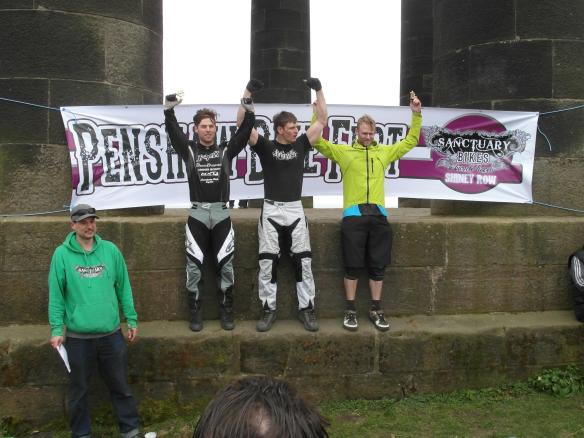
The winners celebrate at Penshaw Monument
In an area with little in the way of mountain bike facilities it’s great that we’re able to offer this track and host Bikefest. Hopefully it helps to show that the National Trust are an organisation that helps people enjoy the outdoors in their own way whenever we can.
————

Gareth | National Trust
